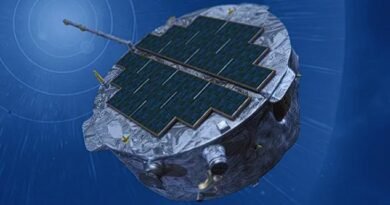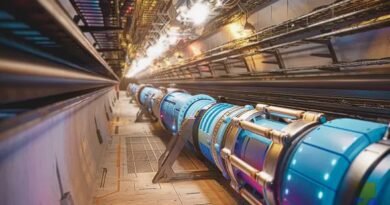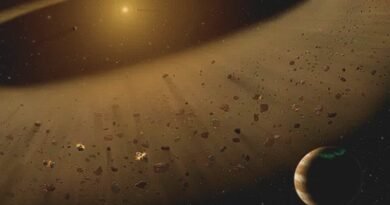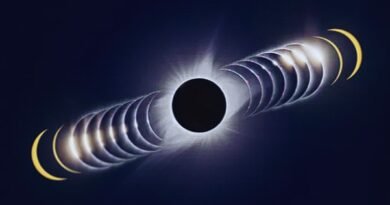Top Animals for Moon and Mars Habitats: Predicting Lunar and Martian Pioneers
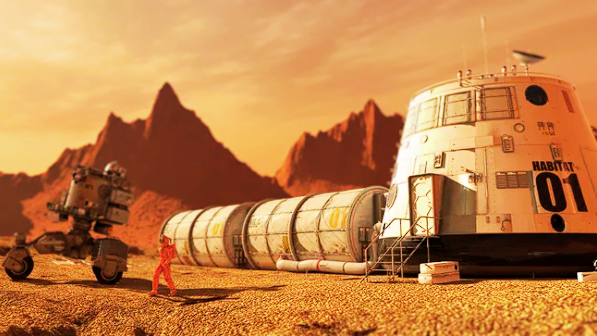
Exploring the potential for lunar and Martian colonization prompts the question of which animals are best suited for these extraterrestrial environments. NASA’s ambitious plans include establishing a permanent lunar outpost within the next decade, followed by human exploration of Mars. As we contemplate life beyond Earth, there’s a growing interest in identifying animals that can thrive in these celestial habitats.
Animals play pivotal roles in sustaining life, with insects aiding in pollination, and shrimp and fish acting as efficient, compact food sources. Additionally, resilient water bears offer insights into radiation resistance. However, determining the optimal species for lunar and Martian colonization is a challenge, with reduced gravity emerging as a significant factor.
The reduced gravity on Mars (one-third of Earth’s) and the moon (one-sixth of Earth’s) could impact muscle and bone development in animals, potentially hindering their ability to navigate properly. Some experts suggest that smaller creatures, such as mice and aquatic life, might adapt more effectively to altered gravitational conditions.
In considering the complexity of space ecosystems, astrobiologists highlight the importance of simplicity, proposing that insects or crustaceans may be more robust candidates for extraterrestrial habitats. Insects, particularly crickets, are suggested as viable space livestock due to their protein-rich composition and efficient use of space and water resources, in alignment with reports from the UNISA.
Fish, buoyancy-supported creatures, are speculated to thrive in space environments, providing a potentially efficient and sustainable protein source compared to traditional livestock. The Lunar Hatch program, exploring the feasibility of transporting fish eggs to space for hatching, aims to establish fish as a high-protein, low-waste food source.
Crustaceans, including shrimp, offer another avenue for efficient food production in confined spaces. Aquaponics systems that combine shrimp farming with plant growth could contribute to resource conservation in space settlements.
For lunar colonization specifically, researchers are exploring the resilience of tardigrades, often called “water bears.” These micro-animals have demonstrated endurance in extreme conditions, surviving exposure to vacuum, radiation, and temperature extremes. While not directly contributing to the human ecosystem, studying tardigrades in space could provide insights into adapting organisms for extraterrestrial resilience.
Despite the speculative nature of these ideas, the importance of resource conservation and high efficiency in space settlements underscores the potential roles of insects, crustaceans, fish, and tardigrades in supporting ecosystems for future human settlers. As space exploration advances, understanding how animals adapt to extraterrestrial conditions becomes a critical step toward a future of sustainable habitation beyond Earth.


